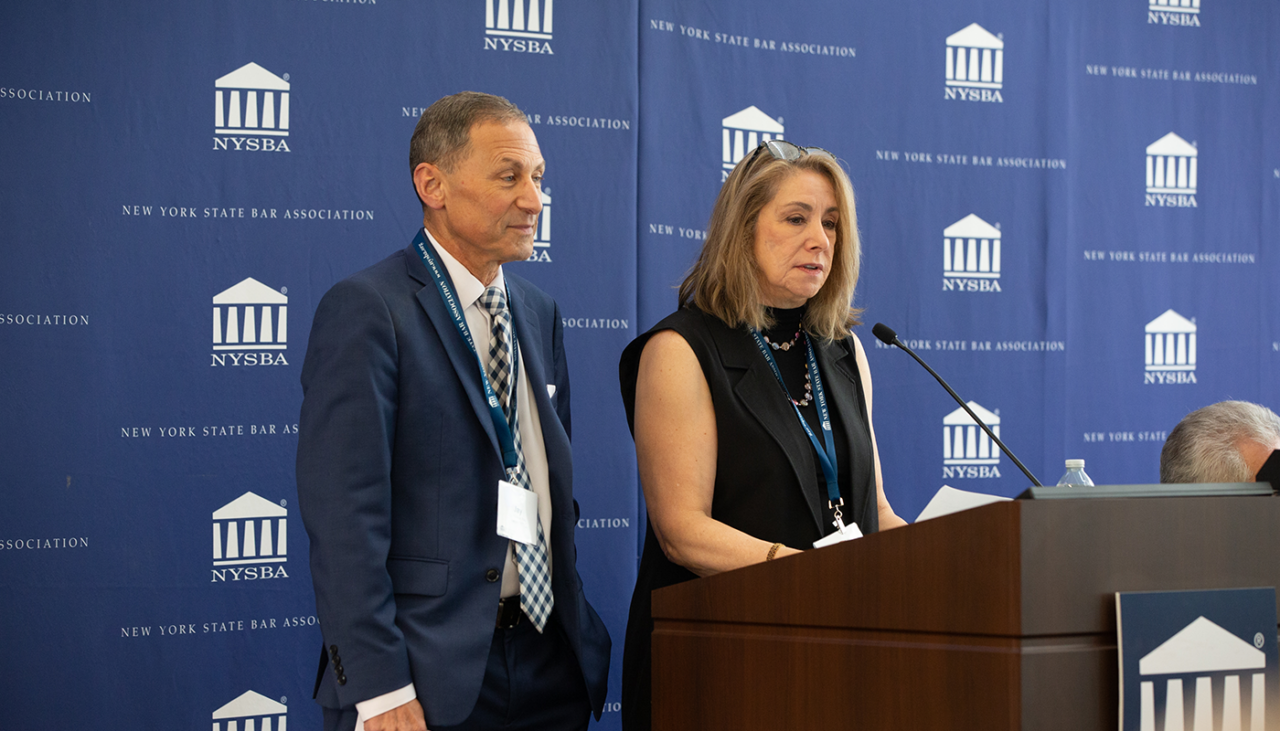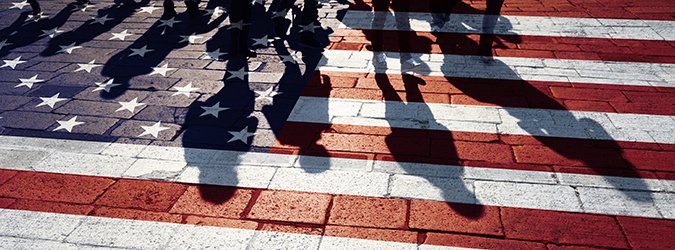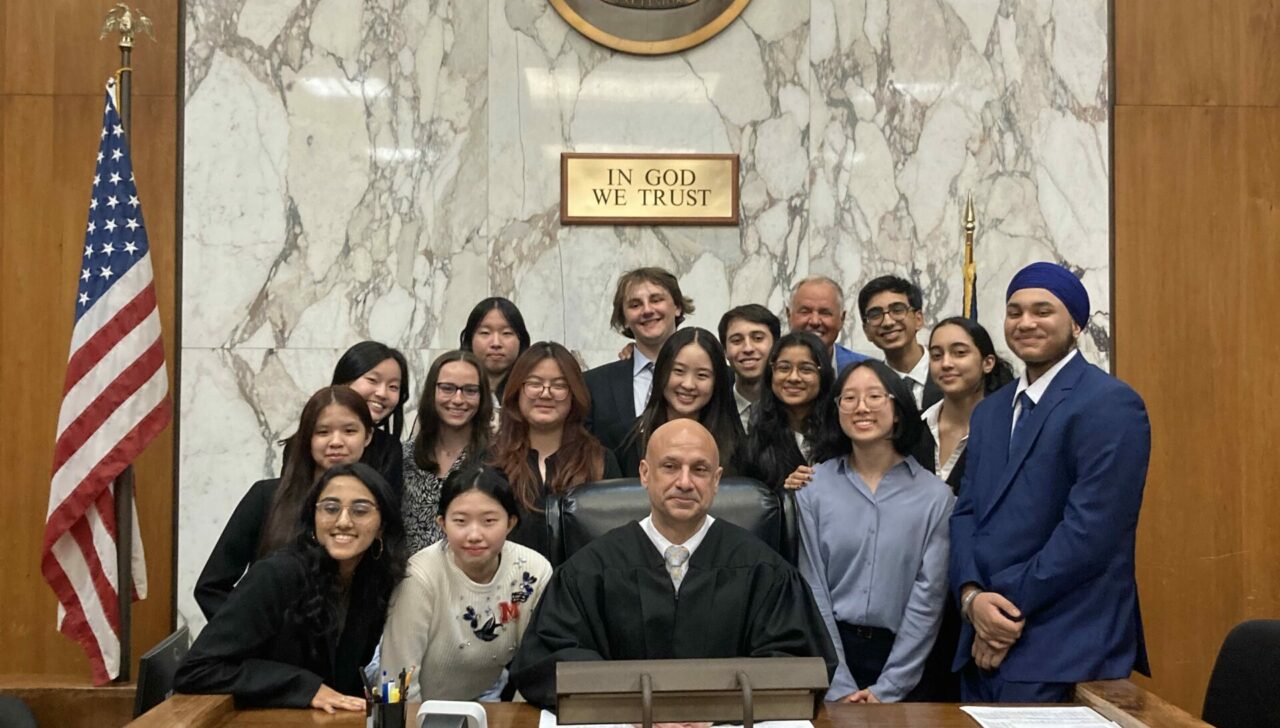Fighting Misinformation: How New Laws Might Help
4.6.2021
In the aftermath of the attacks on the U.S. Capitol on Jan. 6, Facebook and Twitter took unprecedented steps to ban then-President Trump from their platforms for amplifying conspiracy theories that the 2020 election was “stolen.” But banning even the most active spreaders of disinformation on social media is not likely to solve the problem, since the platforms themselves are designed to promote extremism, disinformation and polarizing views.
Disinformation campaigns are increasingly sophisticated in their packaging of false content and conspiracy theories and in the way they prey on our confirmation bias. Even more problematically, disinformation touches on some of the most consequential issues facing our country, including election integrity, vaccine safety and climate change, to name only a few. As we witnessed with the Jan. 6 insurrection, disinformation and conspiracy theories can spark physical violence and spur serious attacks on our democratic institutions and the rule of law.
With 53% of Americans relying on social media as sources of news, the task of differentiating credible sources from disinformation is not always clear-cut. Studies show that fake news often has a greater likelihood of going viral than real news stories and that knowing online content is false has little impact on people’s decision to share it. Facebook, for instance, was found to spread fake news faster than any other social media site, referring its users to untrustworthy news sites 15% of the time.
What Can We Do About Disinformation?
So, what can we do to address the problem of disinformation and the threats it poses to our democracy?
When Twitter banned President Trump from its platform on Jan. 8, online misinformation about the election plummeted by 73%. However, the de-platforming of President Trump by social media companies has not been without criticism. Many conservatives believe that de-platforming public figures like Trump exposes a media bias against right-wing voices, while Sen. Bernie Sanders has said he doesn’t feel comfortable with Trump’s ban from social media out of concern for “how you preserve First Amendment rights without moving this country into a big lie mentality and conspiracy theories.”
As even proponents of President Trump’s ban from Twitter and Facebook have acknowledged, these companies’ acts of self-regulation are not likely by themselves to solve the problem of disinformation online.
As important as corporate self-regulation will be government policy and oversight. The Biden-Harris Administration, for example, has advocated for repealing Section 230 of the Communications Decency Act, which has allowed social media sites to avoid being considered publishers and therefore not liable for the content found there. Reform proposals for Section 230 have centered around requiring social media companies to meet transparency standards in order to qualify for protections. Alternatively, Congress might consider removing protections for specific types of content, such as disinformation or hate speech. In addition, with Democratic majorities in both the House and Senate, we could see other technology regulations that advance privacy rights. In New York State, the Assembly introduced a bill that would require consumers to opt into personal data collection and its uses.
Another key area of debate over regulation centers around the Fairness Doctrine, which originated in 1949 as part of a series of regulations on broadcast media. This policy required that broadcasters covered issues by presenting opposing viewpoints in order to protect the rights of audiences to diverse sources of information. The FCC repealed the Fairness Doctrine in 1987 under President Reagan.
Many advocates have argued for a new Fairness Doctrine for the digital age. However, while the limited availability of radio and television channels provided a rationale for the original Fairness Doctrine, no such scarcity exists today. With the plethora of media outlets, it’s not clear how a renewed Fairness Doctrine would look in practice, and how it would solve the problem of disinformation. In fact, every newscast would need to feature a climate change denier in discussions on that topic or conspiracy theorists in conversation about the Jan. 6 riot.
Civic Education Is Key
Given the difficulties in regulating disinformation, any set of solutions must also include civic education as a way of building defenses against its spread and harmful effects. Two recent studies of “civic online reasoning” in a nationally representative sample of students illustrate some of the challenges our digital era presents for educators. In 2016 and 2019, researchers at Stanford University analyzed responses of U.S. students from middle school through college to tasks involving a range of online sources. They found most students struggled to evaluate video evidence, assess website information, fact-check article sources and validate social media claims. Middle school students often mistook online ads for news stories.
In order to preserve the rule of law, we need an enlightened citizenry, capable of discerning fact from fiction, on social and news media outlets and honing their ability to debate in public forums with fairness and civility. There are many innovative approaches to fighting misinformation and disinformation on social media and strengthening the guardrails of informed civic engagement. DemocracyReadyNY, for example, has recently called for implementation of media literacy teaching standards in New York State. There are also excellent national online forums like newslit.org, which provide news literacy resources not only for students and educators but for everyone who wants to hone their fact-checking skills.
Given the complexities of the problem of disinformation, the solutions will have to come from many sectors acting in concert. Corporations, governments, educators and journalists will all have important roles to play in determining how to prevent the spread of disinformation while also addressing the vast public appetite for sharing and consuming it.
Gail Ehrlich has had careers in public service as both lawyer and educator. A 1981 graduate of Boston University School of Law, she was a prosecutor and later, a legislative counsel for a New York City councilmember. In 2003 she changed careers to teach law, history and government at a Bronx high school, where she coached students in moot court and mock trial competitions. Retired from teaching, she joined the Pace Women’s Justice Center as a pro bono lawyer in the Family Court Legal Program aiding victims of domestic violence. She is currently chair of the NYSBA Committee on Law, Youth and Citizenship.
Join us on June 3 for “Advocating for the Rule of Law,” a CLE program featuring a keynote address by Jeh Johnson (former U.S. Secretary of Homeland Security and partner at Paul Weiss), followed by a panel discussion.
On June 15 the NYSBA Committee on Law, Youth and Citizenship is hosting a webinar series called “Stopping the Spread of Misinformation: First Amendment Considerations From Classroom to Courtroom.” This is presented in partnership with the Task Force on Free Expression in the Digital Age and the Committee on Media Law.






